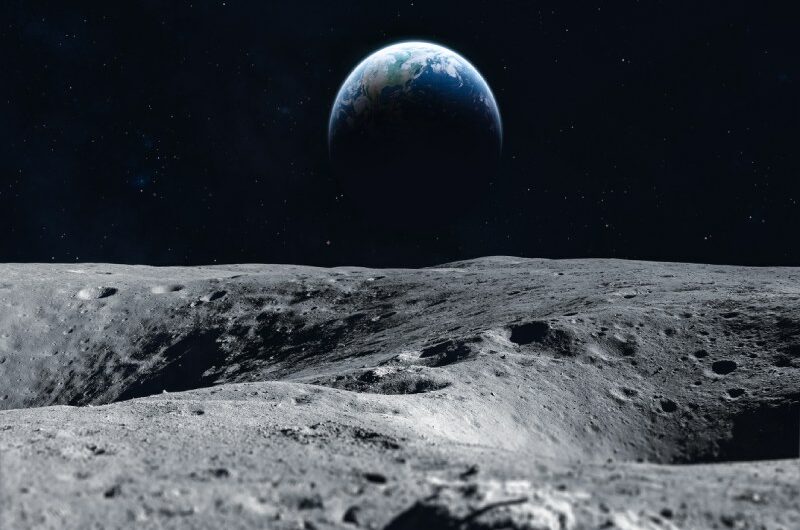Galactic / Extragalactic ULDB Spectroscopic Terahertz Observatory, or GUSTO, is an experiment that NASA is getting ready to start in order to collect data for a 3D map of a section of the Milky Way Galaxy.
The GUSTO experiment will use a telescope to collect high-frequency radio waves percolating through the cosmic interstellar medium, which is the term for the gases, dust, radiation, and other materials that make up the space between stars. The telescope will float 120,000 feet over Antarctica on a high-altitude balloon for at least 55 days. The zero-pressure and super-pressure balloons that NASA utilizes for missions such as these are described in an entertaining guide to the agency’s scientific balloons.
In order to learn more about how stars and planets develop, specifically what causes space particles to combine to form the molecular clouds that precede star formation, GUSTO will search the interstellar medium for signals of carbon, oxygen, and nitrogen. NASA states that the balloon will take off from the Antarctic McMurdo Station “no earlier than December 21.”
Chris Walker of the University of Arizona, the project’s investigative head, claims that GUSTO is specially designed to detect the terahertz frequencies that the particles emit.“We basically have this radio system that we built that we can turn the knob and tune to the frequency of those lines,” he said in NASA’s announcement. “If we hear something, we know it’s them. We know it’s those atoms and molecules.”
According to NASA, the mission will also “reveal the 3D structure of the Large Magellanic Cloud,” a dwarf galaxy that is visible from parts of the southern hemisphere of Earth and is close to the Milky Way. Throughout the voyage, the telescope will be guided in circles around the South Pole by the atmospheric anticyclone that it will be flying in.
GUSTO is not NASA’s only balloon-borne science tool. For more than 30 years, the organization has been sending payloads—sometimes thousands of pounds—up with balloons. NASA official Elizabeth Landau tells The Verge via email that this specific mission is the first in the agency’s Explorers Program. According to NASA, the purpose of Explorers is to “provide frequent flight opportunities for world-class scientific investigations from space utilizing innovative, streamlined and efficient management approaches within the science areas of heliophysics and astrophysics.”
The University of Arizona, the Johns Hopkins University Applied Physics Laboratory, the Netherlands Institute for Space Research, MIT, JPL, and the Smithsonian Astrophysical Observatory are among the other GUSTO collaborators listed by NASA.
Topics #GUSTO balloon telescope #NASA









